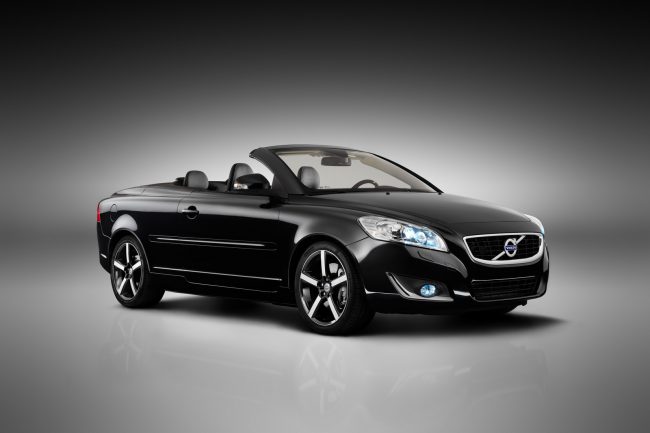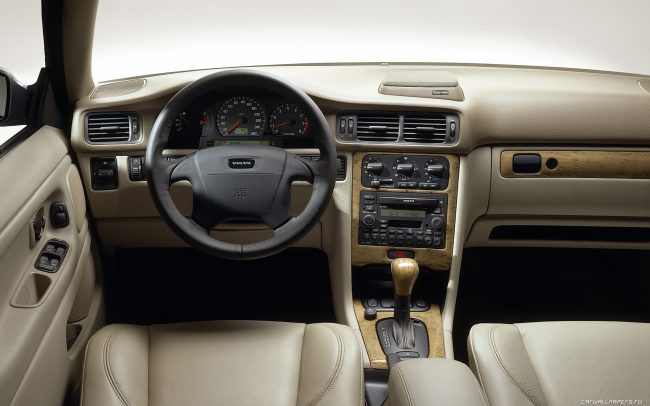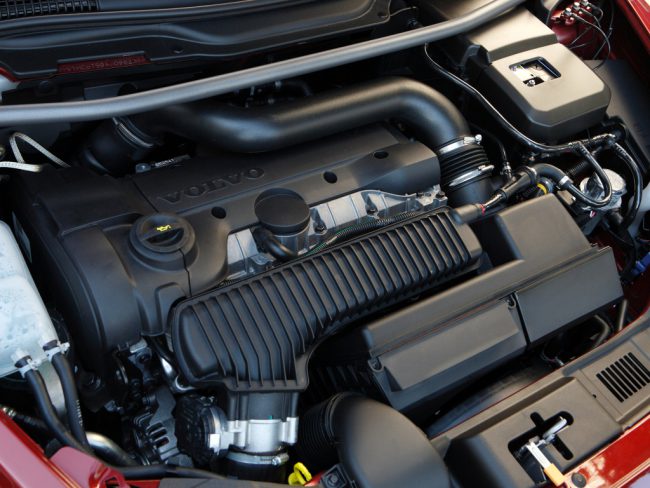
Volvo C70 engines
This car was first shown to the Parisian public in 1996. This is the first Volvo coupe since the legendary 1800. The first generation was developed in collaboration with TWR. The assembly of the new model was carried out at a closed factory located in the city of Uddevalla. Volvo made the decision to increase the range of passenger vehicles back in 1990. The development of a car in the back of a coupe and a convertible was planned to be produced in parallel. The basis for them was the Volvo 850 model.
In 1994, the company formed a small group of specialists, led by Håkan Abrahamsson, to develop models in new bodies. This group had limited time to develop a new car, so they had to forgo vacations. Instead, Volvo sent them to the south of France, along with their families, where they test-drive various coupes and convertibles for a comprehensive analysis. Family members also contributed to the development, as they allowed important observations to be made that would not have been taken into account if the development had been carried out only on the basis of the opinion of professional engineers.
Appearance
Thanks to the chief designer of the project, the appearance of the new model has moved away from the established concept of Volvo cars. The exterior of the new coupes and convertibles received curving rooflines and voluminous side panels. The release of the first generation convertible began in 1997 and ended in early 2005. These cars were equipped with a fabric folding roof. The total number of copies produced in this body version was 50 pieces. The second generation debuted the same year.
The main difference was the use of a hard folding roof. This design solution has increased safety performance. The basis for the creation was the model C1. The well-known Italian bodywork studio Pininfarina participated in the development, in particular, it was responsible for the body structure and for the hard convertible top, with three sections. The design and overall layout were handled by Volvo engineers. The process of folding the roof takes 30 seconds.
It is worth noting that the roof was assembled at a separate plant by Pininfarina Sverige AB, also located in the city of Uddevalla.
Initially, the design team created the Volvo C70 in the body of a sports coupe, and only then proceeded to create a convertible based on it. The main goal of the team was to create two types of body, each of which would have an attractive appearance with a sporty character. The main differences of the restyled version of the steel are: a reduced body length, a lower fit, an elongated shoulder line and a rounded shape of all corners. These changes have given elegance to the new generation Volvo C70.
In 2009, the second generation was restyled. First of all, the front part of the car has changed, which corresponded to the forms of the new corporate identity, which is inherent in all Volvo cars. The changes affected the shape of the grille and head optics - they have become sharper.

Security
To ensure the safety of all four passengers, the body is made entirely of steel. Also, to increase the level of safety, the designers installed a rigid cabin cage, a front module with energy absorption zones, front and side airbags, as well as a safety steering column. Since convertibles require specific safety equipment, the designers equipped these cars with inflatable "curtains" that protect the head from a side impact. Also, in an emergency, protective spirits are activated in the back of the car. The convertible is slightly heavier than the coupe, as it is equipped with a reinforced load-bearing bottom.

Configuration and interior
Both Volvo C70 bodies were equipped as standard with the following options: ABS and disc brakes, front and side airbags, power windows, separate air conditioning and immobilizer. As additional options, the following equipment is available: electric adjustment of the front seats with memory, anti-glare mirror, alarm system, a set of inserts made of wooden materials, leather seats, an on-board computer, and a Dynaudio audio system specially designed for this car, which belongs to the premium segment . In the restyling of the second generation, aluminum inserts appeared on the surface of the front panel.

Line of engines
- A two-liter gasoline engine with a turbocharged element is the most common unit installed on this model. The developed power and torque amounted to 163 hp. and 230 Nm, respectively. Fuel consumption in the combined cycle is 11 liters.
- An internal combustion engine with a volume of 2,4 liters produces a power of 170 hp, but its economic performance is better than that of a less powerful unit, and is 9,7 liters per 100 kilometers. It does not have a turbo element.
- Thanks to the installation of a turbocharger, the power of the 2.4-liter engine increased significantly and amounted to 195 hp. Acceleration to 100 km / h did not exceed 8,3 seconds.
- Gasoline engine, with a volume of 2319 cc. has very good dynamic performance. Up to 100 km / h the car accelerates in just 7,5 seconds. Power and torque are 240 hp. and 330 Nm. It is worth noting the fuel consumption, which in mixed mode does not exceed 10 liters per 100 km.
- The diesel engine began to be installed only in 2006. It has a power of 180 hp. and a torque of 350 hp. The main advantage is its fuel consumption, which averages 7,3 liters per 100 km.
- A gasoline engine with a volume of 2,5 liters was used only in the second generation. As a result of a series of upgrades, its power was 220 hp and 320 Nm of torque. Acceleration to 100 km / h is achieved in 7.6 seconds. Despite the good dynamic qualities, the car does not consume much fuel. On average, 100 liters of gasoline fuel are required per 8,9 kilometers. This motor unit has proven itself on the positive side and, with proper maintenance, can last more than 300 km without major repairs.

